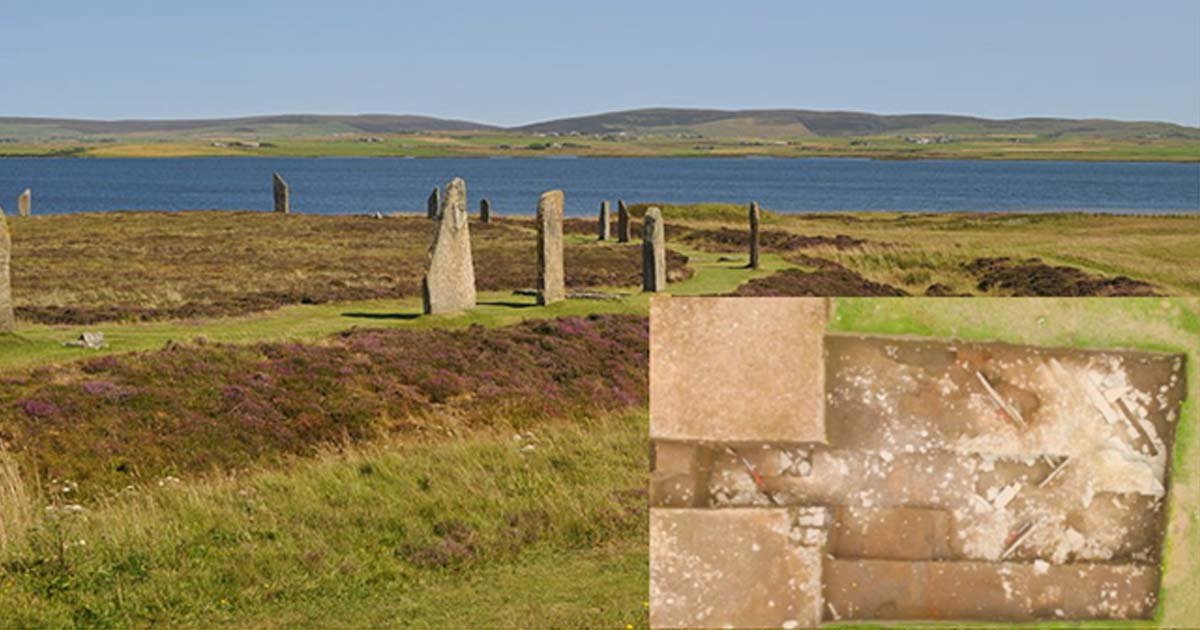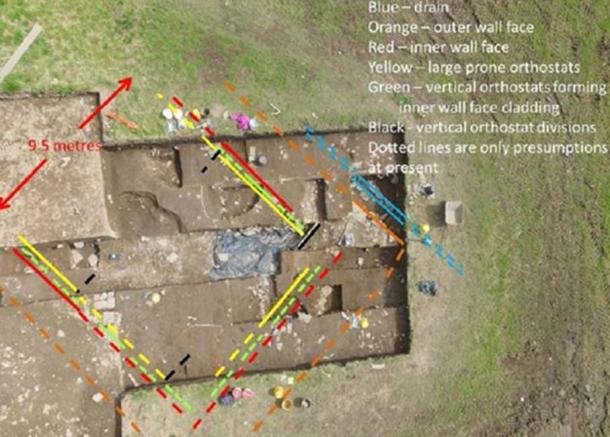
According to The Herald Scotland , the site contains a Stone Age temple, and the discovery of the structure helped to re-date the location.
While digging at the Ring of Brodgar on Orkney, the researchers found the layout of a series of slabs which are unlike anything previously found on the island. The structure is 4 meters (13 ft.) long and it was unearthed amongst the remains of Neolithic rubbish.
The walls of the construction are 10 meters (33 ft.) wide and the researchers say that the structure is about 5,000 years old. They speculate that the building was covered over by the huge midden, but it could possibly be a chambered tomb. The researchers also found human remains - a human arm bone.
The team of researchers is led by Nick Card, an archaeologist at the University of the Highlands and Islands, who believes that the bone was deliberately placed and could possibly be the remains of a respected original founder of the large complex.
The slabs, also called orthostats, have rounded edges and appear to have been weathered or worked in the same way as standing stones found at Stenness just 0.3 miles (0.48 km) away.
As the site director, Nick Card, said:
Read the remainder of the article here."The sheer size and scale of the stones unearthed are unprecedented on this site. The way the stones are built into the construction is also unique to the Ness. This all suggests that they may have been re-used and taken from elsewhere. Perhaps they may be part of a stone circle that pre-dates the main Ness site. It is all a bit of mystery and we won't know more until we do more work."




Comment: More about the vast temple complex at the Ness of Brodgar: